==================
Affiliate Statement
Best Baking Tips is supported by our audience. When you purchase through one of our links, we may earn a small affiliate commission. As an Amazon Associate I earn from qualifying purchases. Your cost is not affected.
==================
The science behind baking, a subject that has long captivated me as a passionate home baker, is a fascinating blend of chemistry, physics, and artistry.
As I’ve spent countless hours in the kitchen, experimenting with different recipes and techniques, I’ve become increasingly curious about the underlying principles that govern the transformation of raw ingredients into delicious baked goods. Why does one recipe turn out perfectly while another falls flat? What exactly is happening when a cake rises? These questions have led me down a fascinating rabbit hole of scientific exploration, uncovering the intricate chemistry and physics that underlie every successful bake.
I hope this exploration will not only inspire fellow bakers but also deepen your appreciation for the science that makes this culinary art form so magical.
The Science of Baking: A Flourishing Symphony of Ingredients
Flour holds down the fort in baking. It’s the backbone, packing in gluten proteins that get all stretchy when mixed with water. This stretchy network traps air bubbles, giving bread and cakes their rise and chewy texture. In the world of flour, protein content is king. High-protein, or bread flour, leads to a hearty loaf, while low-protein, or cake flour, keeps sweets tender and light.
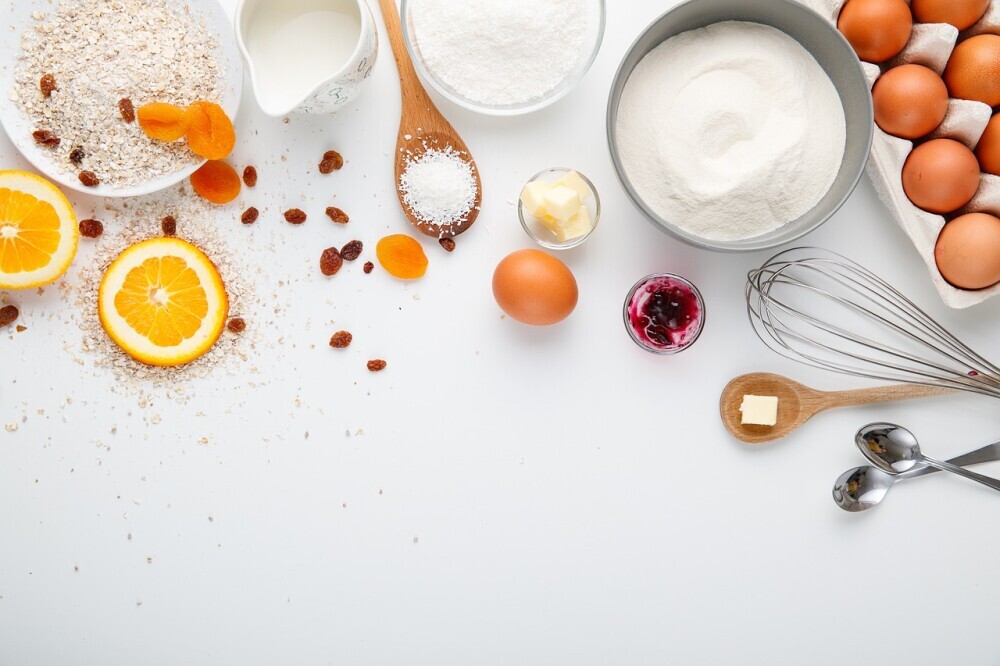
Sugars play a sweet double role. They’re not just about flavor; they’re actors in chemical transformations too. When heat hits, sugars break down in a process called caramelization, which gives those golden-brown beauties their rich flavor and color. Sugars also foster fermentation in dough, especially in breads, offering up carbon dioxide and alcohol, helping dough rise and develop flavor along the way.
Fats bring the fun with texture and taste. Butter, oils, and lard melt in the oven, creating steam that lifts baked goods to fluffy heights. They coat flour particles, reducing gluten formation—this is how you get that ultra-tender bite in a pie crust or cake. Fats also lock in moisture, extending a homemade bake’s shelf life that bit longer.
Baking would be pretty flat without leavening agents. Think baking soda, baking powder, and yeast. Baking soda needs an acid to react and get those bubbles moving. Baking powder, though, is a one-stop shop, packing its own acid for immediate and delayed reactions—great for a consistent lift. Yeast works a bit differently, munching on sugars to release carbon dioxide over time—a must for bread’s airy crumb.
Key Takeaways
- Baking is a science: It involves a complex interplay of chemical reactions, physical processes (like heat transfer and gas expansion), and careful attention to factors like temperature, time, and humidity.
- Ingredient interactions are crucial: Understanding the roles of flour, sugar, fats, and leavening agents, and how they interact with each other, is essential for successful baking.
- Precision and control are key: Accurate measurements, proper mixing techniques, and precise temperature control are vital to achieve consistent and predictable results in baking.
Temperature and Time: Key Factors in Baking
Temperature is a baker’s best friend. It sparks the Maillard reaction, that sweet spot where proteins and sugars react to form new flavors and give baked goods their appetizing brown color. Knowing when and how to control temperature ensures everything from a flaky pastry to a well-cooked loaf of bread.
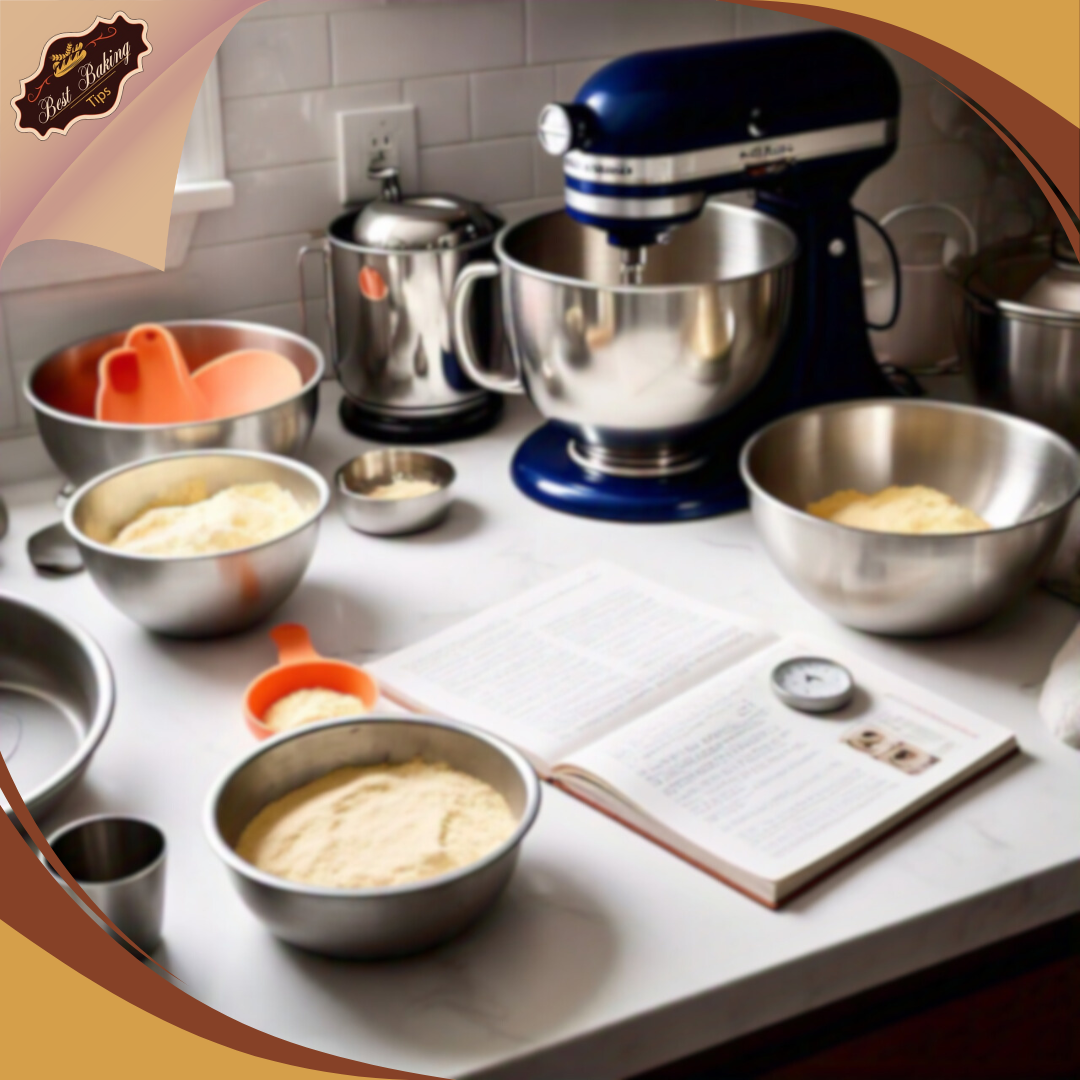
The clock is equally crucial. Baking isn’t just about getting hot but getting hot at the right pace. Time affects hydration and evaporation—too short, and your cookie’s floppy; too long, and it’s a crunchy mess. Mastering time involves knowing when to pull that cake out based on more than just oven time.
Preheating is the magic trick most of us forget. Starting with a hot oven means even heat distribution from the get-go, essential for consistent baked goods. Skipping this step might leave you with an uneven bake, cooked on the outside but raw in the middle.
Over-baking and under-baking are common pitfalls. Learn to recognize the signs of a perfectly baked good: golden tops, firm edges, and an internal temperature that’s just right (trust your thermometer, not the clock). With practice, developing this instinct will save your bakes from being too dry or staying doughy.
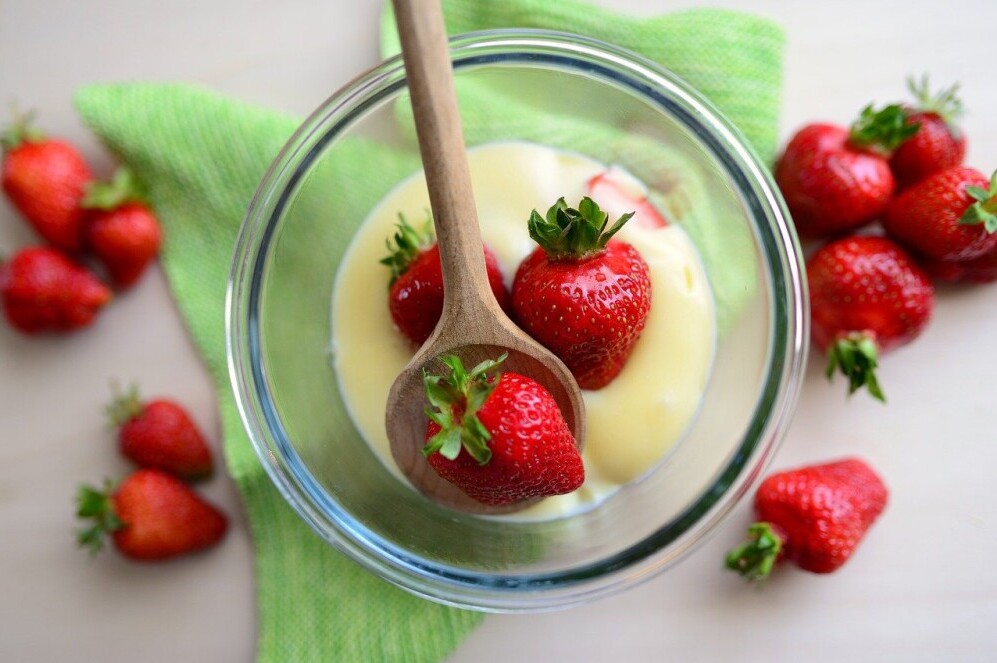
The Art of Mixing: Methods and Effects
Mixing techniques can make or break your bake. Beating is all about vigor, ideal for whipping air into your creams and egg whites. Folding, conversely, is the gentle giant, eagerly retaining air when combining ingredients without deflating delicate structures.

The Importance of Knowing When to Stop
Over-mixing is a common stumbling block. It’s all about knowing when to stop. Too much mixing revs up gluten development, which could turn your lovely cake or muffin into something resembling a rubber ball. So, when you see that everything’s just combined, put down those tools!
Capturing Air
Capturing air in your batter is a neat trick for achieving that light and airy quality. Whether you’re using a humble whisk or a powerful stand mixer, maintaining a light hand can make all the difference. Those little air pockets expand with heat, helping your cakes and cookies rise to the occasion.
The Importance of Uniformity
Uniformity in your mixes is crucial. Think of it like this: you want every slice or bite to taste the same, right? Ensuring even distribution of ingredients helps achieve consistent flavor and texture, preventing any ‘where’s the chocolate?’ moments. Consistency is the key here, ensuring each part bakes evenly too.
The Effects of Humidity and Altitude on Baking
Humidity can be a silent saboteur in the kitchen. When there’s too much moisture in the air, it messes with your ingredients, especially dry ones like flour and sugar, throwing off the balance of your dough or batter. Baking in a humid environment might lead you to scale back on liquids or add extra flour to get the perfect consistency.
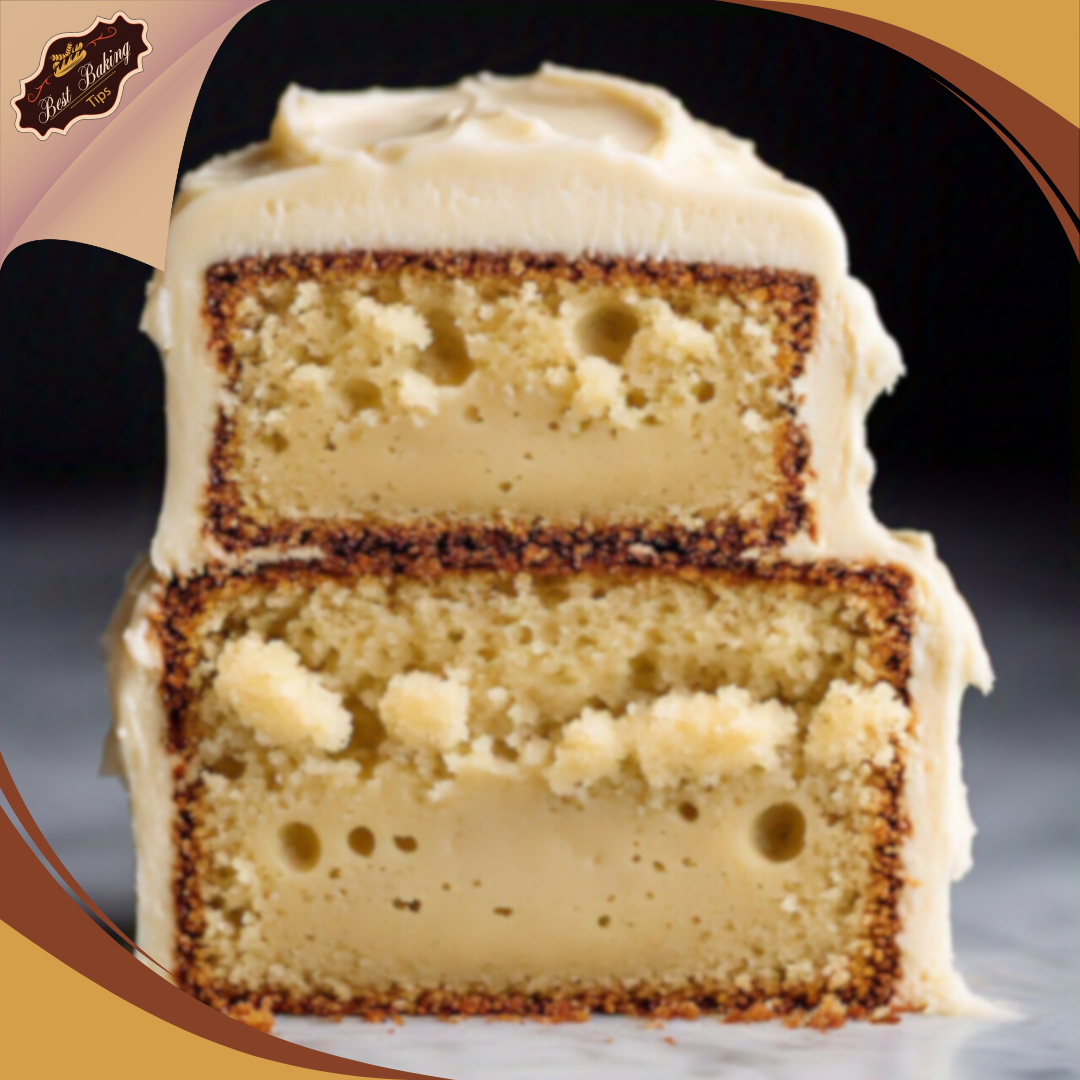
The Influence of Altitude
Altitude can play its own tricks. At higher altitudes, the air pressure is lower, which can make cakes rise more quickly and sometimes collapse. It’s all about tweaking your recipe to maintain structure, like reducing the sugar a tad, or upping the baking temperature to set those treats sooner.
Tackling Soggy Bottoms
Soggy bottoms are the bane of every baker, especially in humid areas. Combat this by slightly increasing baking times or opting for darker metal pans that manage moisture better, offering crisper finishes. Storage techniques, like airtight containers or refrigeration, are vital to keeping your baked goods in peak condition.
The Importance of Hydration
Hydration levels in your dough are critical, particularly in varying climates. Being mindful of environmental changes means sometimes you need to adjust your recipes. Start by controlling hydration, using visual clues and touch instead of relying entirely on fixed measures. This adaptable mindset helps you bake consistently great products, no matter the weather.
Tools and Technology in Baking Science
Kitchen technology has significantly evolved, offering a range of tools that enhance our baking experiences. From precise temperature control to efficient mixing and even cooking, these advancements empower us to achieve consistent and successful results in the kitchen.
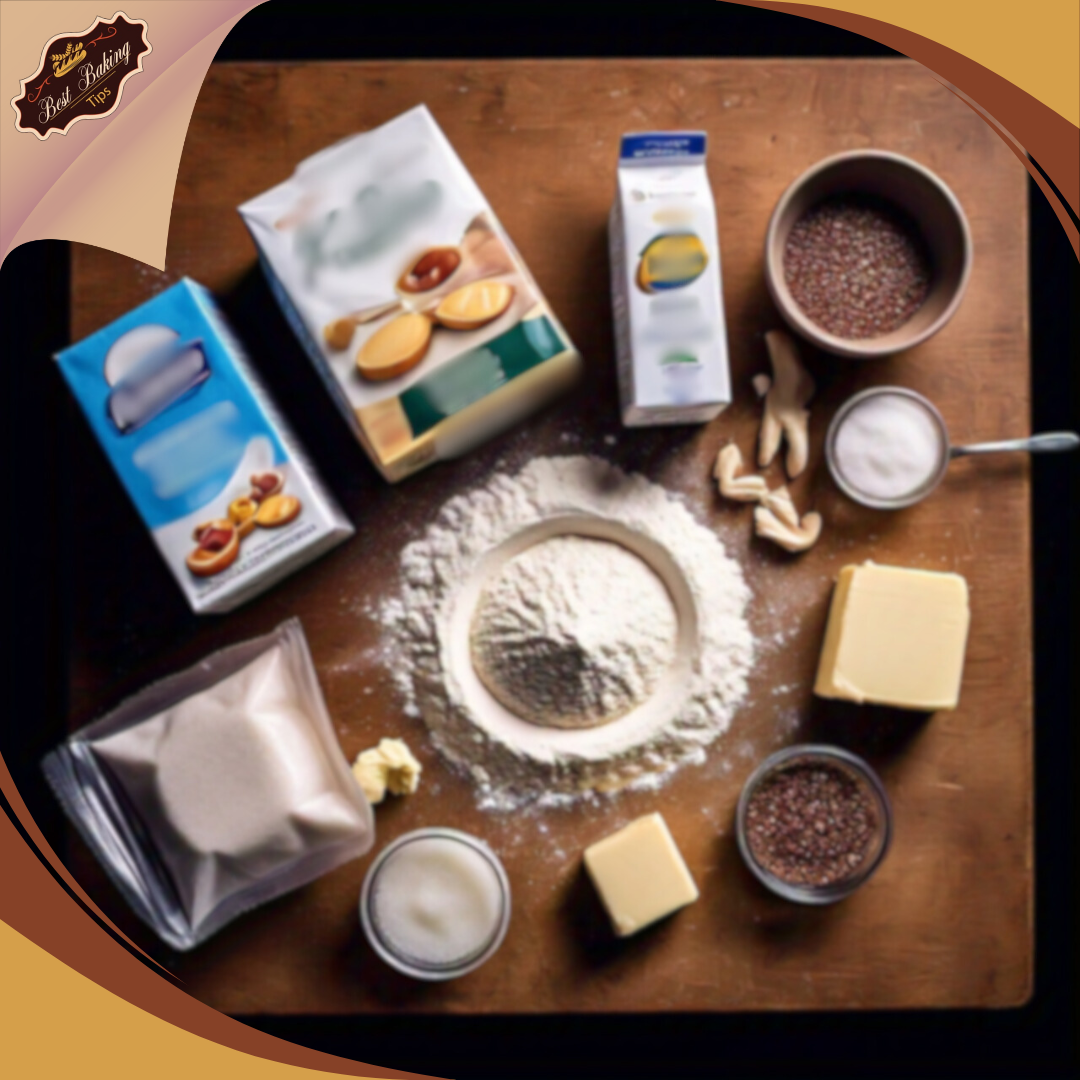
Essential Baking Tools and Their Benefits
| Tool | Benefits |
|---|---|
| Oven Thermometer | Accurate temperature readings for consistent baking results. Prevents over- or under-baking. |
| Stand Mixer | Ensures even mixing for consistent doughs and batters. Saves time and effort compared to manual mixing. |
| Food Processor | Efficiently chops, mixes, and blends ingredients. Versatile for various tasks, from doughs to purees. |
| Convection Oven | Distributes heat evenly for faster and more uniform cooking. Ideal for roasting, baking, and even dehydrating. |
| Non-stick Bakeware | Easy food release and minimal cleanup. Reduces the need for excessive greasing. |
By understanding the capabilities and choosing the right tools for your baking needs, you can elevate your culinary skills and enjoy the satisfaction of creating delicious and consistently successful baked goods.
I hope this revised version is more effective!
Innovations in Baking: Historical and Modern Perspectives
Baking has undergone a remarkable transformation, evolving from ancient practices to the sophisticated techniques we utilize today. From the invention of leavening agents to the rise of sustainable and inclusive baking practices, the journey of baking reflects human ingenuity and a constant pursuit of innovation.
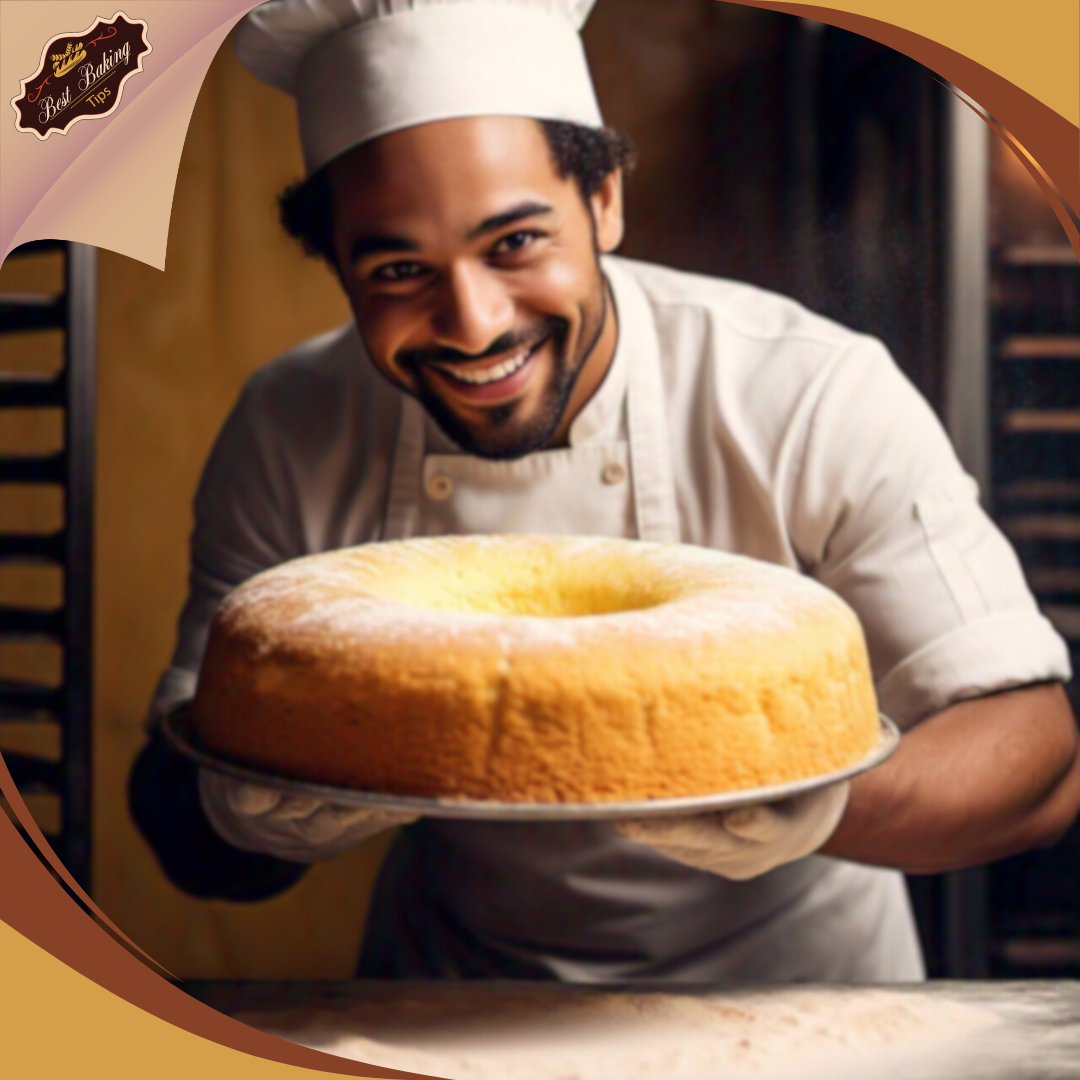
Key Milestones and Trends in Baking
| Milestone/Trend | Impact |
|---|---|
| Introduction of Baking Powder | Revolutionized baking by providing a reliable and fast-acting leavening agent. |
| Sustainable Baking Practices | Focus on organic ingredients, waste reduction, and eco-friendly methods. |
| Plant-Based and Allergen-Free Alternatives | Expanded accessibility and inclusivity in baking. |
| Automation in Commercial Baking | Increased efficiency, consistency, and labor savings in large-scale production. |
| Smart Oven Technology | Enhanced precision and control over baking conditions in home kitchens. |
| 3D Food Printing and Molecular Gastronomy | Pioneering new frontiers in culinary creativity and innovation. |
The future of baking promises to be even more dynamic and exciting. With continued advancements in technology and a growing emphasis on sustainability and inclusivity, the art and science of baking will continue to evolve, offering new possibilities for culinary exploration and enjoyment.
The Science Behind Baking: A Final Flourish
And there you have it! We’ve explored the fascinating world of baking science, from the fundamental roles of flour, sugar, and fats to the impact of temperature, time, and environmental factors. We’ve delved into the art of mixing, the importance of proper equipment, and how technological advancements are shaping the future of baking.
This journey has reinforced my belief that baking is not just a culinary art but also a fascinating scientific endeavor. Understanding the science behind the process not only improves our baking skills but also deepens our appreciation for the intricate interplay of ingredients, techniques, and the environment. So, the next time you step into your kitchen, remember the science at work, and enjoy the delicious rewards of your culinary creations!
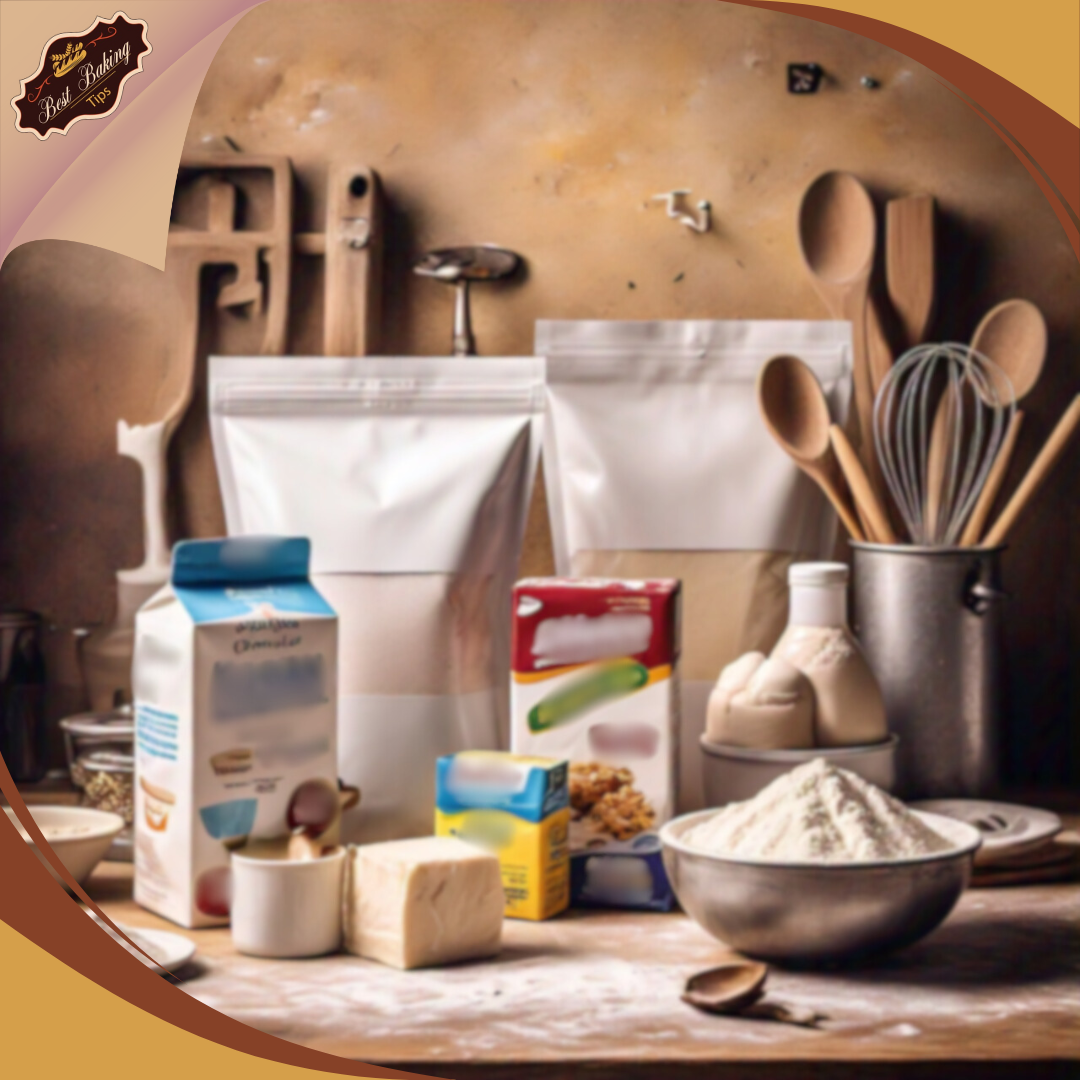
Frequently Asked Questions
To help you understand the science of baking better, here are some common questions and their answers.
Why does my cake sometimes collapse?
Cake collapse can happen due to a few reasons:
-
- Overmixing: Overmixing develops excessive gluten, making the batter too tough.
- Insufficient leavening: Not enough baking powder or soda, or improper activation, can lead to a lack of rise.
- Incorrect oven temperature: Too low of a temperature can cause the cake to rise slowly, while too high can cause it to rise too quickly and then collapse.
- Altitude: At higher altitudes, the lower air pressure can cause cakes to rise too quickly and then fall.
What causes tough bread?
Tough bread can be caused by:
-
- Overkneading: Overkneading develops excessive gluten, making the bread tough and chewy.
- Underproofing: Insufficient proofing time doesn’t allow for enough gas production from the yeast, resulting in a dense loaf.
- Overbaking: Overbaking dries out the bread, making it hard.
How can I prevent my cookies from spreading too thin?
-
- Chill the dough: Chilling the dough allows the fat to solidify, preventing excessive spreading.
- Use less fat: Reducing the amount of fat in the dough will result in less spreading.
- Increase flour: Slightly increasing the amount of flour can help to thicken the dough.
What is the Maillard reaction, and why is it important in baking?
The Maillard reaction is a chemical reaction between amino acids and reducing sugars that gives food its characteristic brown color and savory flavor when it’s heated. It’s crucial in baking as it contributes to the development of flavor and color in baked goods like bread, cookies, and roasted meats.
Craving Delicious Vegan Bakes? We Got You Covered!
Whip up incredible vegan treats with our supportive community! From beginner-friendly tips to expert reviews, find everything you need on our website: Best Baking Tips.
Connect with fellow vegan bakers and share your creations:
- Facebook: Best Baking Tips
- Instagram: Best Baking Tips
- Pinterest: Best Baking Tips
- Twitter: Best Baking Tips
- Tiktok: @BestBakingTips
Let’s bake the world a sweeter place, together!





